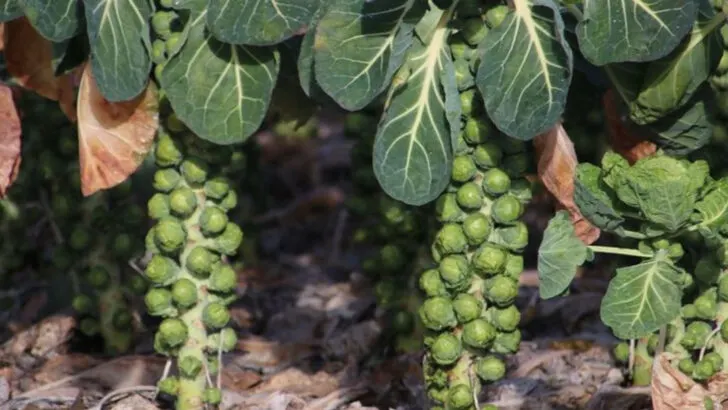Fiber is one of the most underrated nutrients—yet it plays a major role in how we feel every day. From keeping digestion smooth to supporting heart health, balanced hormones, and even mood, fiber-rich vegetables are key to long-term wellness. The great news? Many of the highest-fiber foods are plants you can easily grow yourself, right in your garden or on your balcony.
This list includes 19 vegetables that are packed with fiber and simple to grow, whether you’re a seasoned gardener or just starting out. We’re talking leafy greens, crunchy roots, pod-producing climbers—all of which deliver texture, flavor, and serious health perks to every meal. Plus, harvesting them fresh means you get more fiber, more nutrients, and more satisfaction.
At Plantisima, we love when growing food is both delicious and beneficial. These veggies don’t just fill your plate—they help you feel energized, light, and nourished from the inside out. If you’re ready to garden with your gut in mind, these plants are your first step toward a cleaner, more vibrant way of eating.
Broccoli
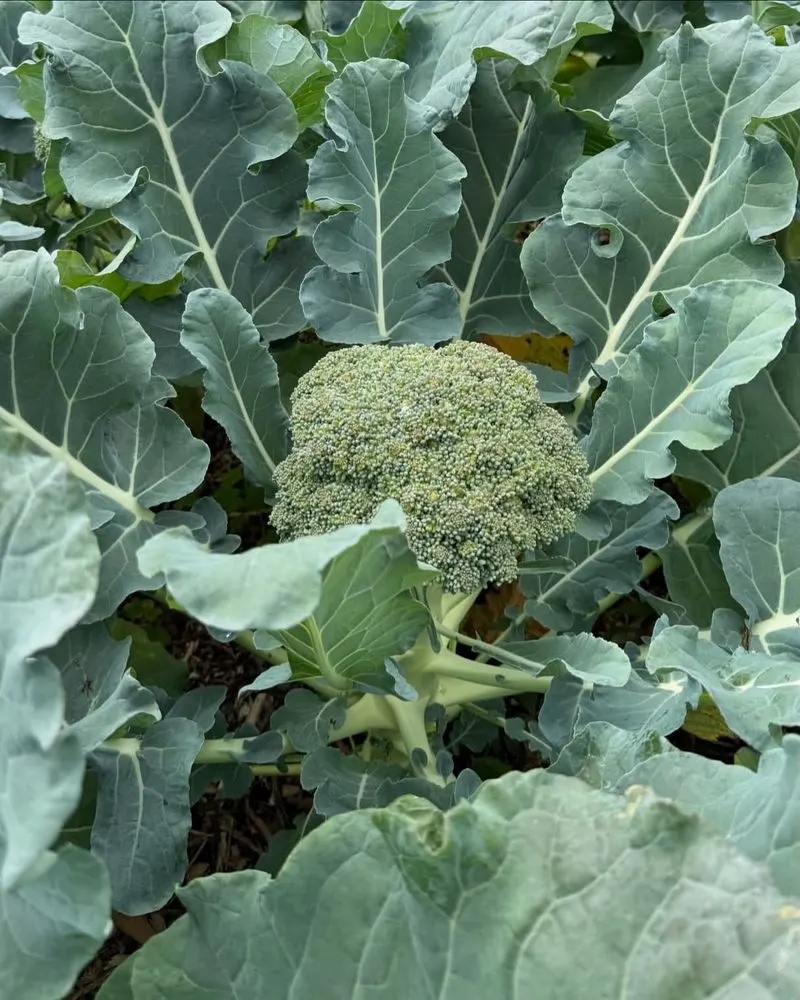
Broccoli, a staple in many gardens, is more than just a side dish. Its high fiber content makes it an excellent choice for those seeking digestive benefits. With its vibrant green color and bushy florets, it adds a pop of freshness to any garden.
Growing broccoli is relatively easy, requiring cool weather and ample sunlight. It’s a versatile vegetable, great steamed, roasted, or even raw in salads. This cruciferous vegetable also packs a punch in vitamins and minerals.
Consider adding it to your garden, not just for its nutritional value, but also for the satisfaction of growing your own food.
Carrots
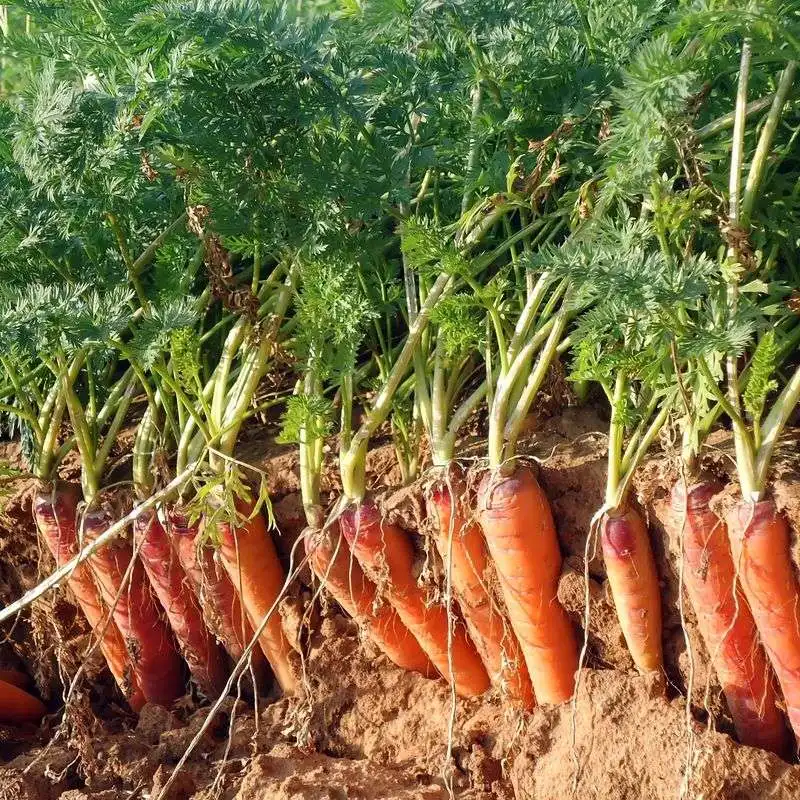
Carrots are not only a crunchy snack but also a fiber powerhouse. Their vibrant orange hue and sweet flavor make them a favorite among children and adults alike.
Easy to grow, carrots require loose, sandy soil and consistent watering. These root vegetables are perfect for adding raw to salads or roasting to enhance their sweetness. Rich in beta-carotene, they contribute to good vision and skin health.
Growing carrots can be a rewarding experience for new and seasoned gardeners, providing both culinary delight and nutritional benefits.
Spinach
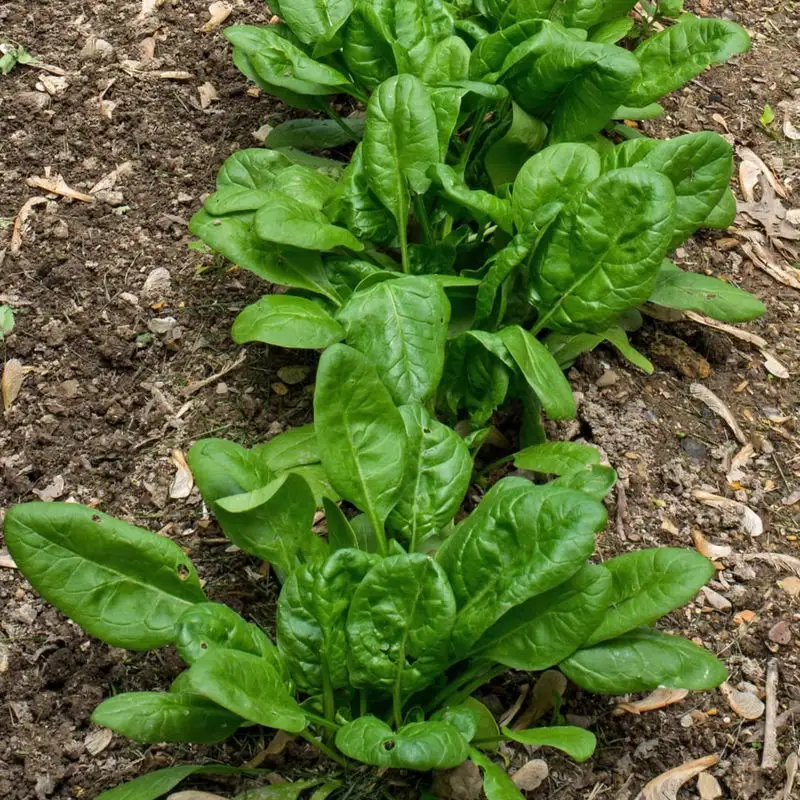
Spinach, with its tender leaves and mild flavor, is a versatile addition to any meal. This leafy green is rich in fiber, promoting a healthy digestive system.
Ideal for cool climates, spinach grows quickly and can be harvested multiple times in a season. Whether added to smoothies, salads, or cooked dishes, its nutritional benefits are vast, providing iron and vitamins A, C, and K.
Planting spinach in your garden ensures a continuous supply of this nutritious green, boosting both your meals and fiber intake.
Kale

Kale, known for its curly leaves and robust texture, is a nutrition powerhouse. Its high fiber content aids digestion and contributes to a feeling of fullness.
This leafy green thrives in cold climates, making it a perfect addition to fall gardens. Whether enjoyed in salads, smoothies, or as crispy chips, kale offers a variety of culinary uses.
Growing kale not only enriches your garden but also your diet, offering a source of vitamins and minerals essential for maintaining good health.
Brussels Sprouts
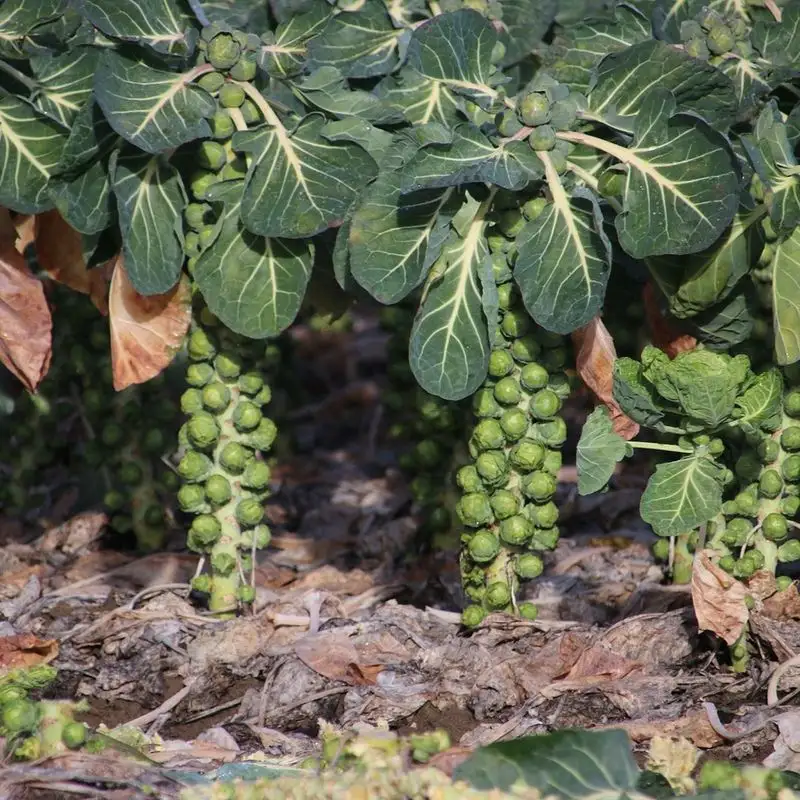
Brussels sprouts might spark memories of family dinners, where they were an often overlooked side dish. However, their high fiber content makes them a valuable addition to any diet.
These mini cabbages grow on tall stalks and require cool weather to thrive. Roasting them brings out a natural sweetness, transforming them into a delicious treat. Rich in vitamins C and K, they support immune function and bone health.
Cultivating Brussels sprouts can be a rewarding endeavor, offering both nutritional benefits and a sense of accomplishment.
Artichokes
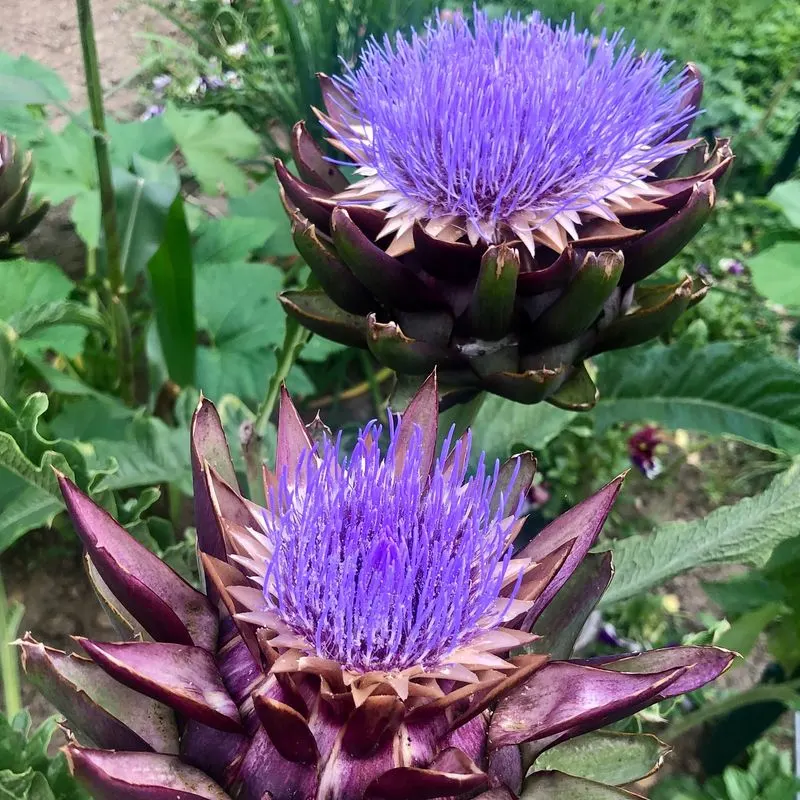
Artichokes, with their unique appearance and rich flavor, are a gourmet delight. High in fiber, they aid digestion and support heart health.
Growing these perennial plants requires patience, as they take time to mature. However, the payoff is worth it, with each tender heart offering a culinary treat. They thrive in warm climates, enjoying full sun and well-drained soil.
Integrating artichokes into your garden ensures a touch of elegance and a boost in dietary fiber.
Peas
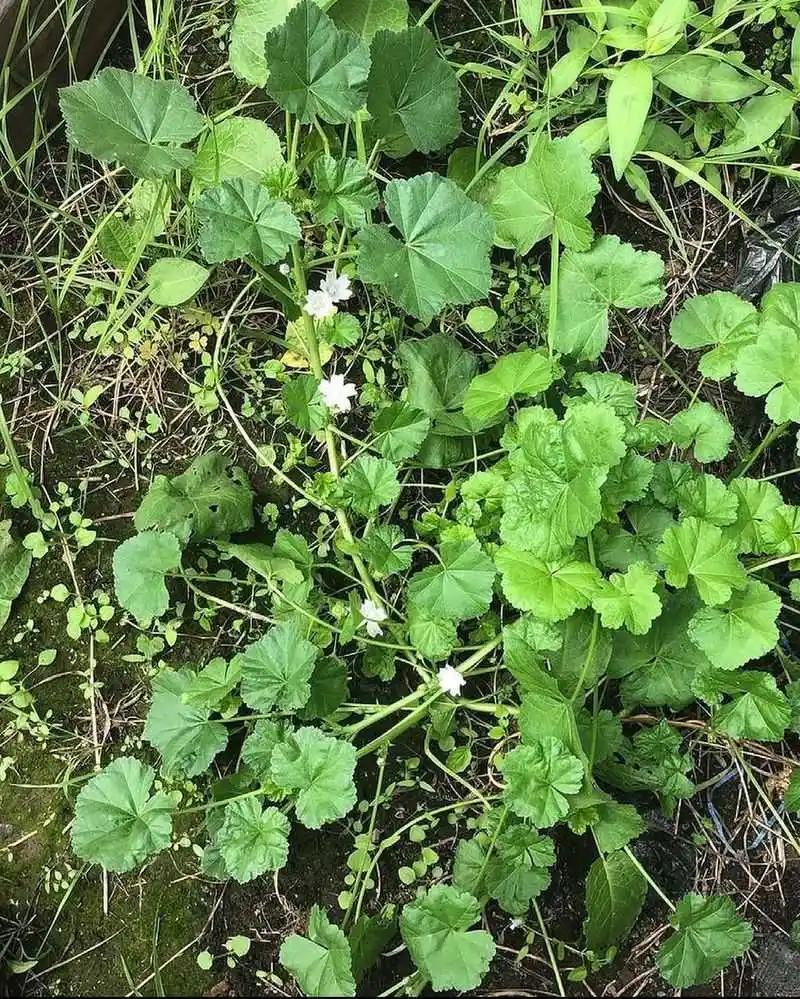
Peas, whether snapped fresh from the vine or shelled into a bowl, are a garden favorite. Packed with fiber, they support digestive health and add a sweet flavor to many dishes.
These climbing plants are easy to grow, requiring a trellis for support and moderate watering. Peas are a cool-weather crop, perfect for early spring or fall planting. Their versatility in cooking makes them a staple in soups, stir-fries, and salads.
Introducing peas to your garden not only enhances your meals but also your well-being.
Collard Greens
Collard greens, often associated with Southern cuisine, are more than a side dish. Their high fiber content makes them a staple for a healthy diet.
These leafy greens are hardy and thrive in various climates, especially in cooler weather. They can be enjoyed cooked, adding a hearty texture to soups and stews. Rich in vitamins A and C, collards support immune health and vision.
Growing collard greens offers both culinary diversity and nutritional benefits, making them a valuable addition to any garden.
Beets
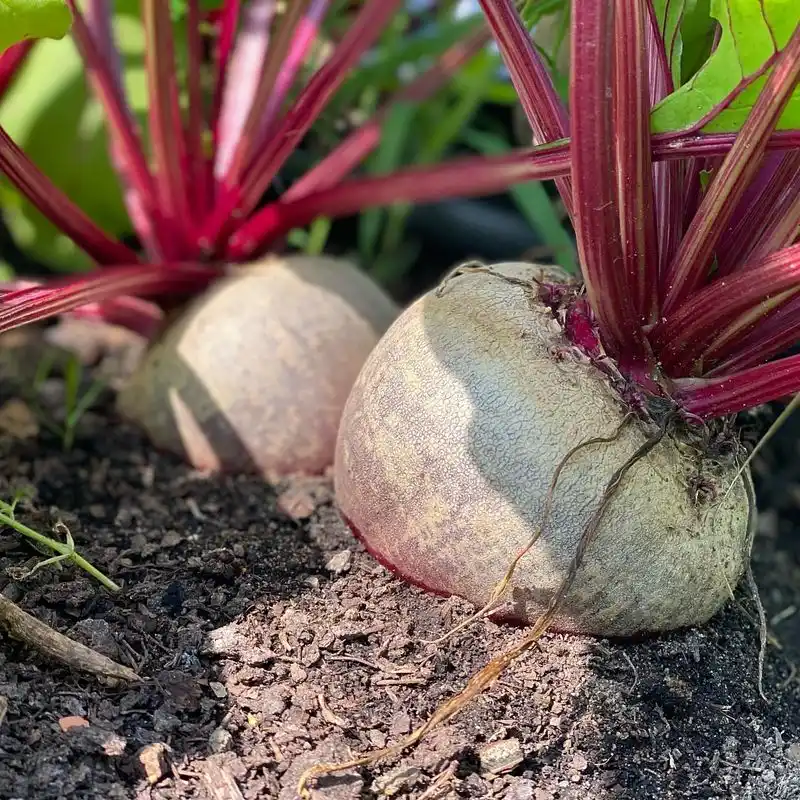
Beets, with their deep red hue, are a striking addition to any garden. Their high fiber content supports digestive health, while their earthy sweetness enhances various dishes.
Growing beets requires well-drained soil and full sun, thriving in cool weather conditions. They can be roasted, boiled, or even grated raw into salads, adding vibrant color and flavor.
Incorporating beets into your garden not only boosts your diet but also adds visual interest and a touch of sweetness to your meals.
Cauliflower
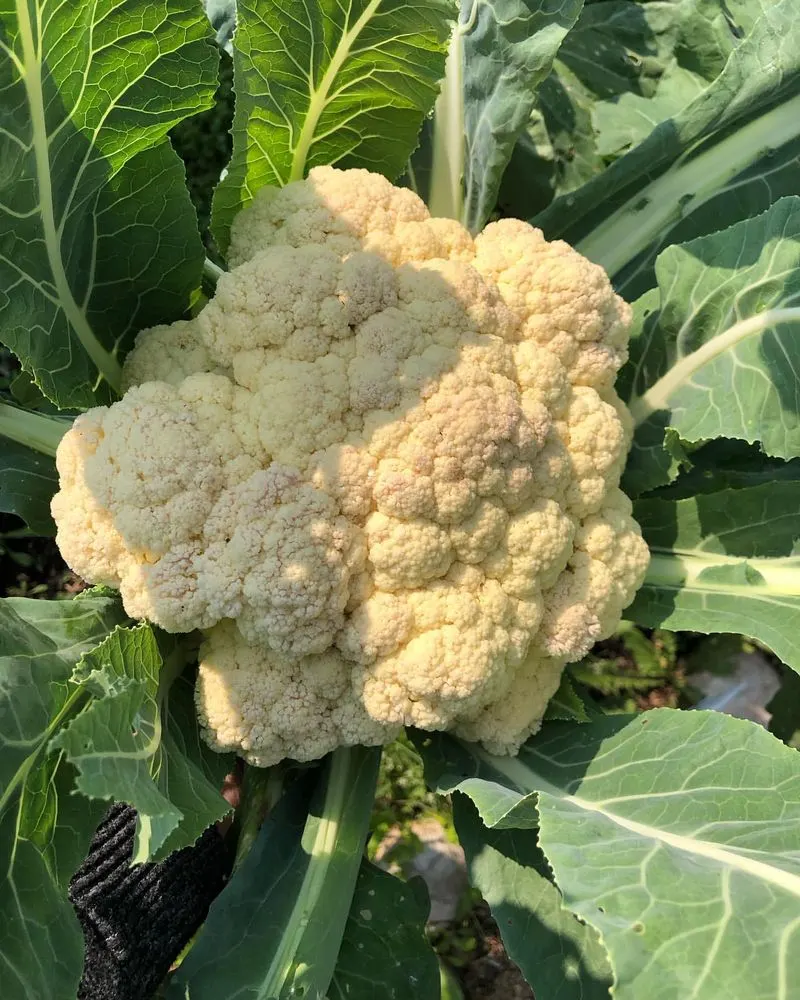
Cauliflower, known for its versatility, is a fiber-rich vegetable that supports a healthy digestive system. Its mild flavor allows it to blend seamlessly into various dishes.
This cruciferous vegetable thrives in cool climates and requires full sun and well-drained soil. Whether roasted, mashed, or riced, cauliflower offers a low-calorie, nutrient-dense option for meals.
Adding cauliflower to your garden provides a steady supply of this adaptable vegetable, enhancing both your diet and culinary creativity.
Sweet Potatoes
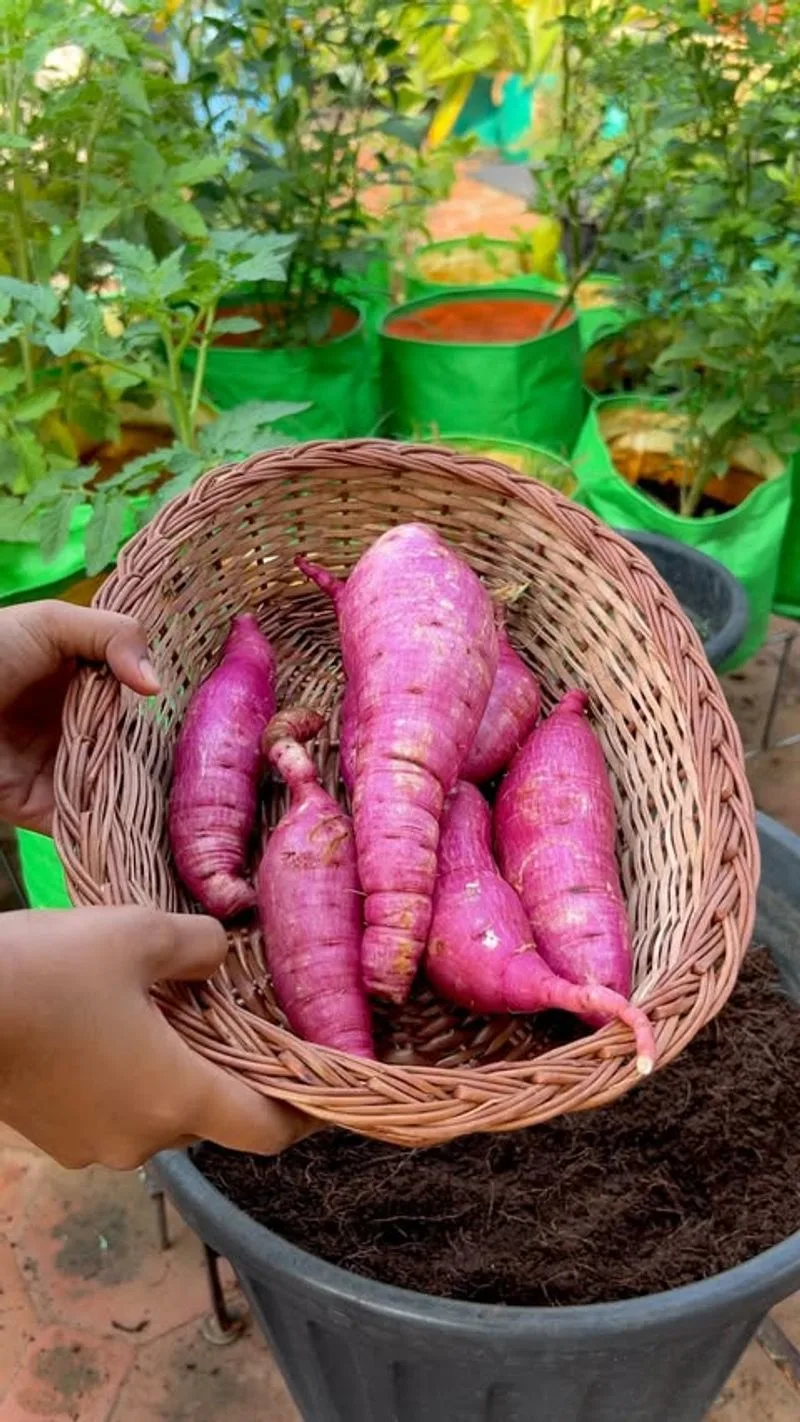
Sweet potatoes, with their naturally sweet flavor, are a fibrous root vegetable that supports digestive health. Their vibrant orange flesh is a telltale sign of their rich beta-carotene content.
These tubers require a long growing season and warm temperatures, thriving in sandy, well-drained soil. Whether baked, mashed, or used in pies, sweet potatoes offer a nutritious alternative to regular potatoes.
Cultivating sweet potatoes in your garden not only enhances your meals but also provides a colorful and nutritious addition to your diet.
Cabbage
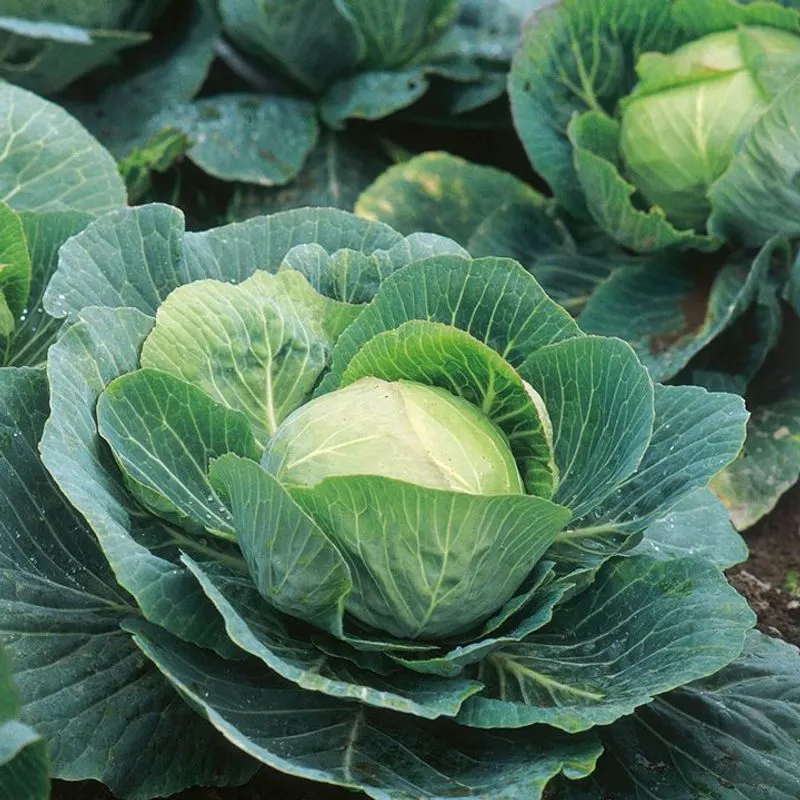
Cabbage, with its dense leaves and crisp texture, is a fiber-rich vegetable that promotes a healthy gut. Its versatility in dishes ranges from coleslaw to sauerkraut.
Thriving in cool climates, cabbage requires full sun and well-drained soil. It’s a reliable crop, with heads that can be harvested over several weeks.
Adding cabbage to your garden ensures a continuous supply of this nutritious vegetable, supporting both your culinary adventures and dietary needs.
Celery
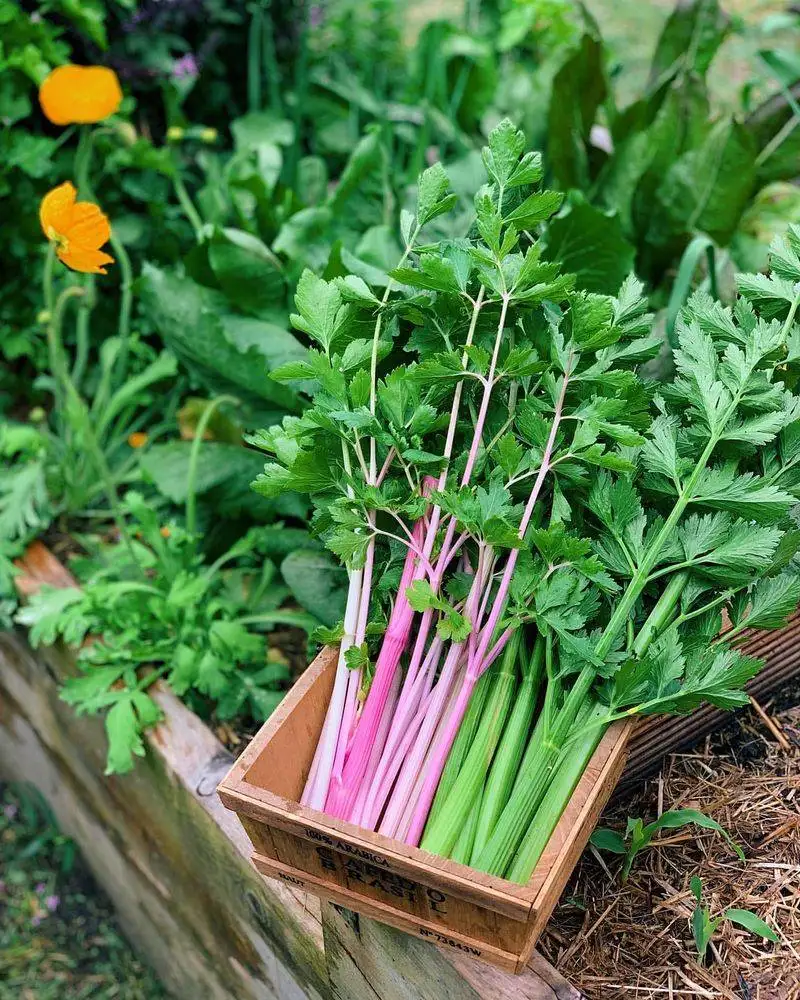
Celery, often overlooked as a mere salad ingredient, is a fiber-rich vegetable promoting digestive health. Its crisp texture adds a refreshing crunch to meals.
Growing celery requires consistent watering and a long growing season, thriving in full sun. This versatile vegetable can be used in soups, salads, or as a healthy snack with dips.
Incorporating celery into your garden offers both hydration and nutritional benefits, making it a staple for health-conscious gardeners.
Parsnips
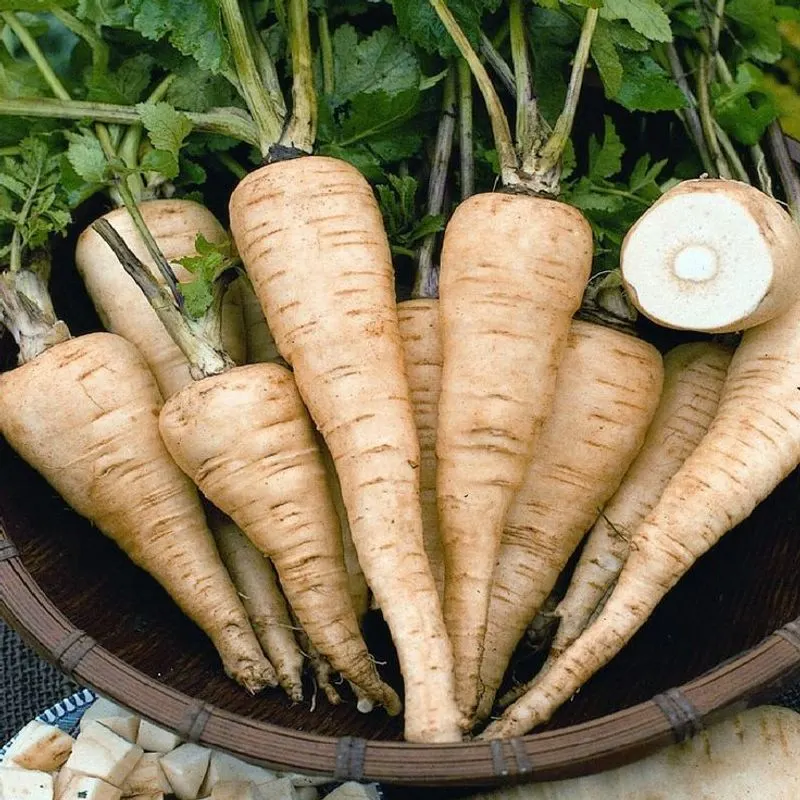
Parsnips, with their sweet, nutty flavor, are a delightful winter vegetable. High in fiber, they support digestion and add a unique taste to dishes.
These root vegetables thrive in cool climates, requiring well-drained soil and full sun. Parsnips can be roasted, mashed, or added to stews, where their sweetness shines.
Cultivating parsnips enriches your garden with a touch of warmth and flavor, enhancing both your meals and dietary fiber intake.
Radishes
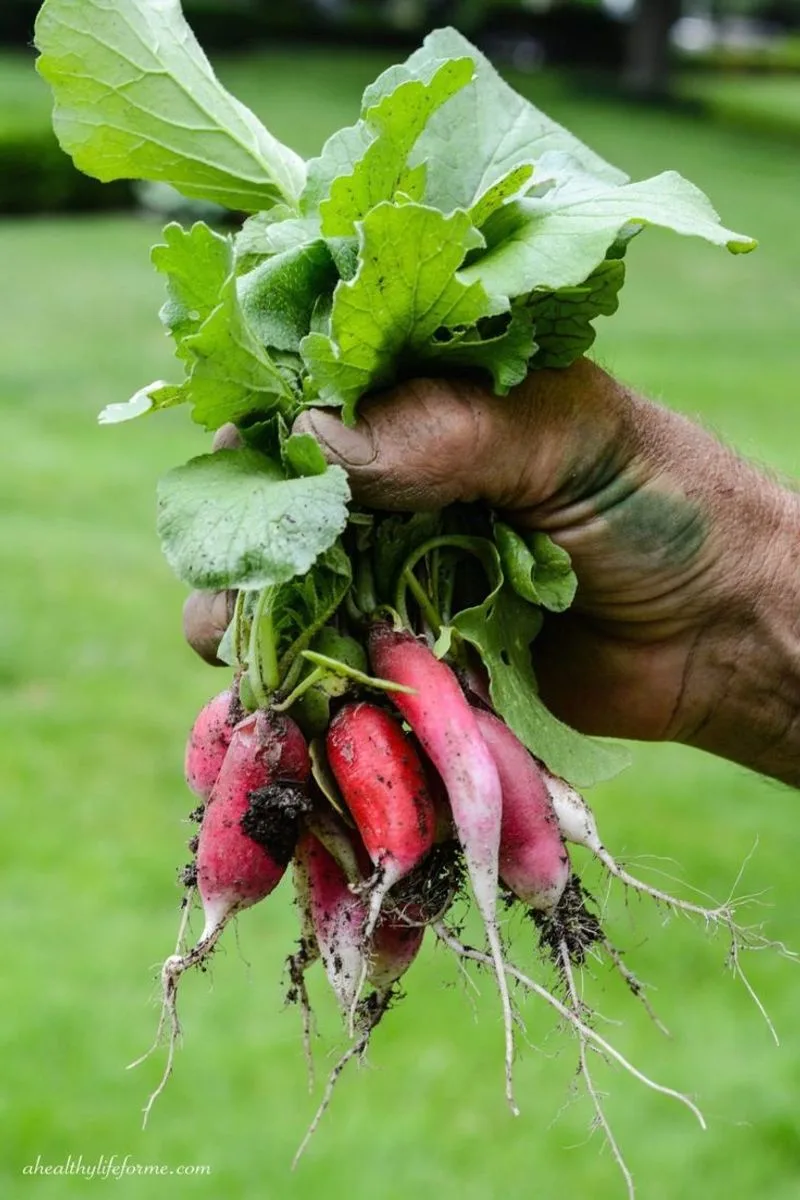
Radishes, with their peppery bite and vibrant color, are a quick-growing vegetable perfect for impatient gardeners. Their high fiber content adds a crunchy, nutritious element to meals.
These root vegetables thrive in cool weather and well-drained soil, maturing in just a few weeks. Radishes can be enjoyed raw in salads or pickled for a tangy twist.
Growing radishes provides a rewarding and speedy way to boost your diet while adding a burst of color and flavor to your garden.
Turnips
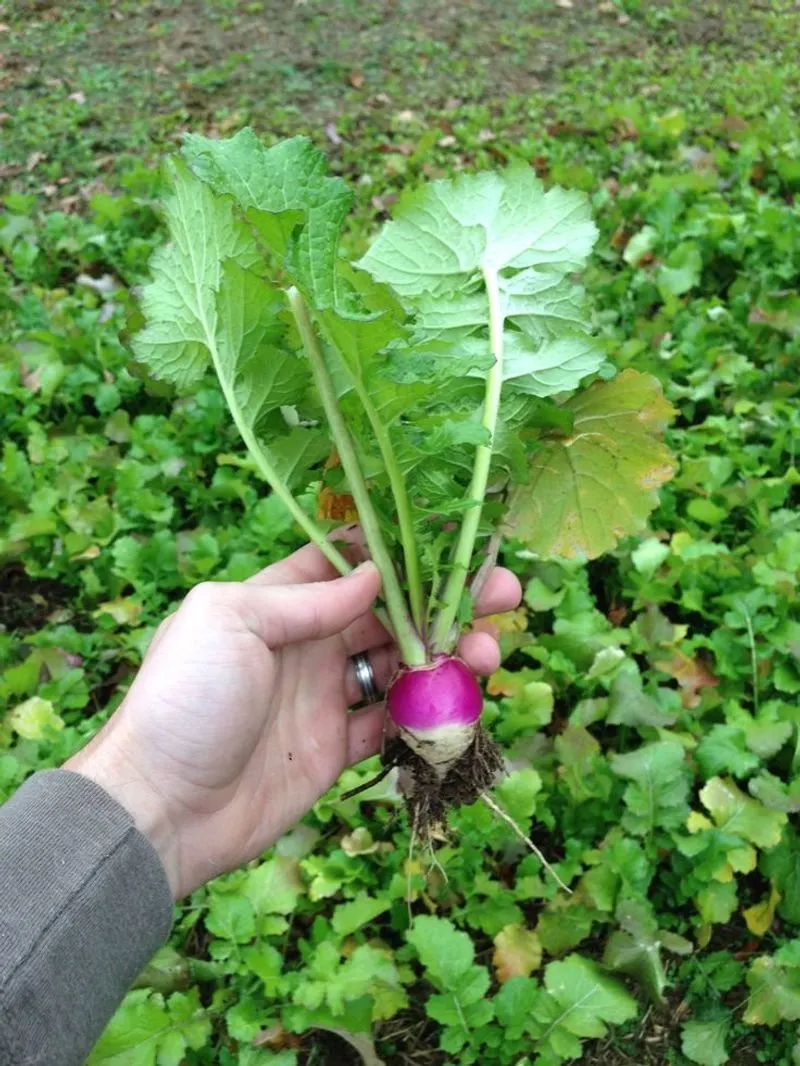
Turnips, often overshadowed by their more popular counterparts, are a fiber-rich vegetable worth growing. Their mild, earthy flavor complements many dishes.
These root vegetables thrive in cool climates, requiring rich soil and full sun. Turnips can be roasted, boiled, or mashed, offering a nutritious alternative to potatoes.
Adding turnips to your garden not only diversifies your crops but also boosts your fiber intake, supporting a well-balanced diet.
Swiss Chard
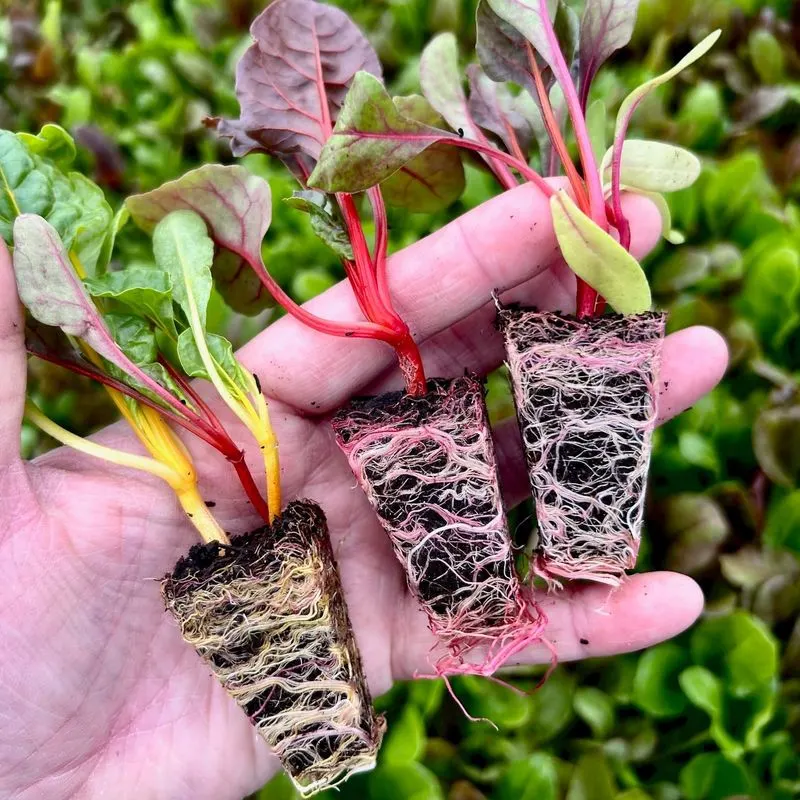
Swiss chard, with its rainbow-colored stems and robust leaves, is not just visually appealing but also nutritionally dense. High in fiber, it supports a healthy digestive system.
This leafy green thrives in warm climates and can be harvested multiple times. Its versatility in cooking makes it a favorite in sautés, soups, and stews.
Incorporating Swiss chard into your garden adds color and nutrition, enhancing both your meals and overall well-being.
Zucchini
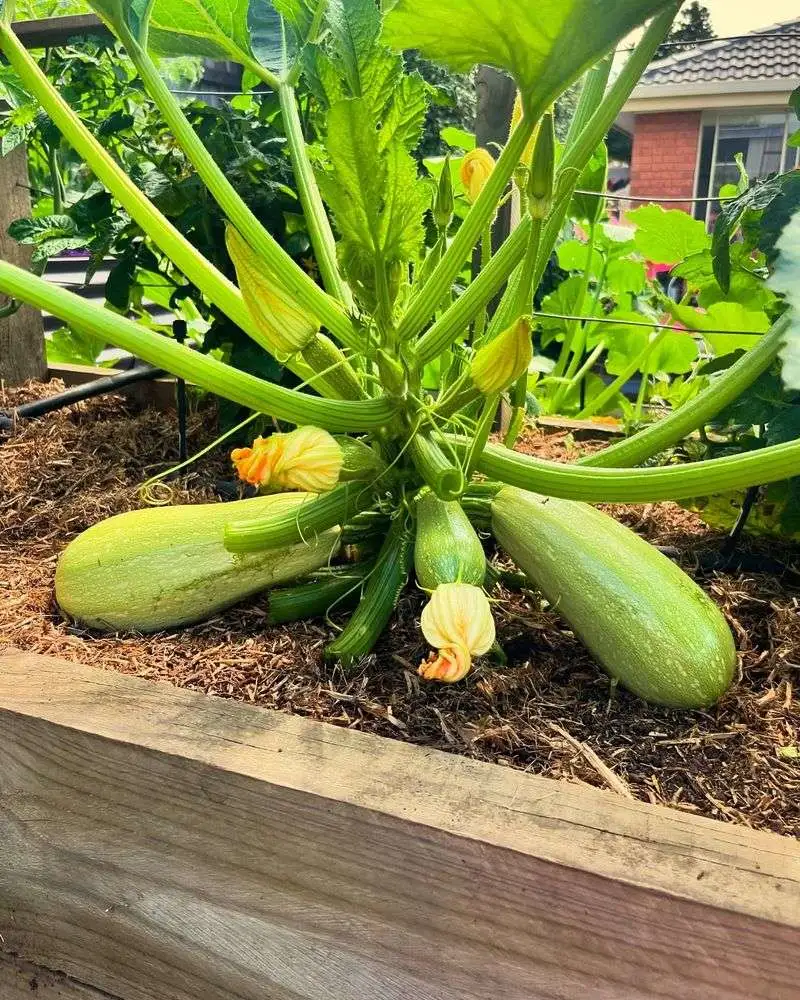
Zucchini, often celebrated for its subtle flavor, is a summer favorite that’s easy to grow and rich in fiber. Its tender texture allows it to blend seamlessly into various recipes.
This squash requires warm weather, full sun, and well-drained soil, producing abundant harvests throughout the summer. Zucchini can be grilled, baked, or spiralized into noodles, offering healthy culinary options.
Growing zucchini in your garden ensures a fresh supply of this versatile vegetable, boosting both your meals and your fiber intake.
Leeks
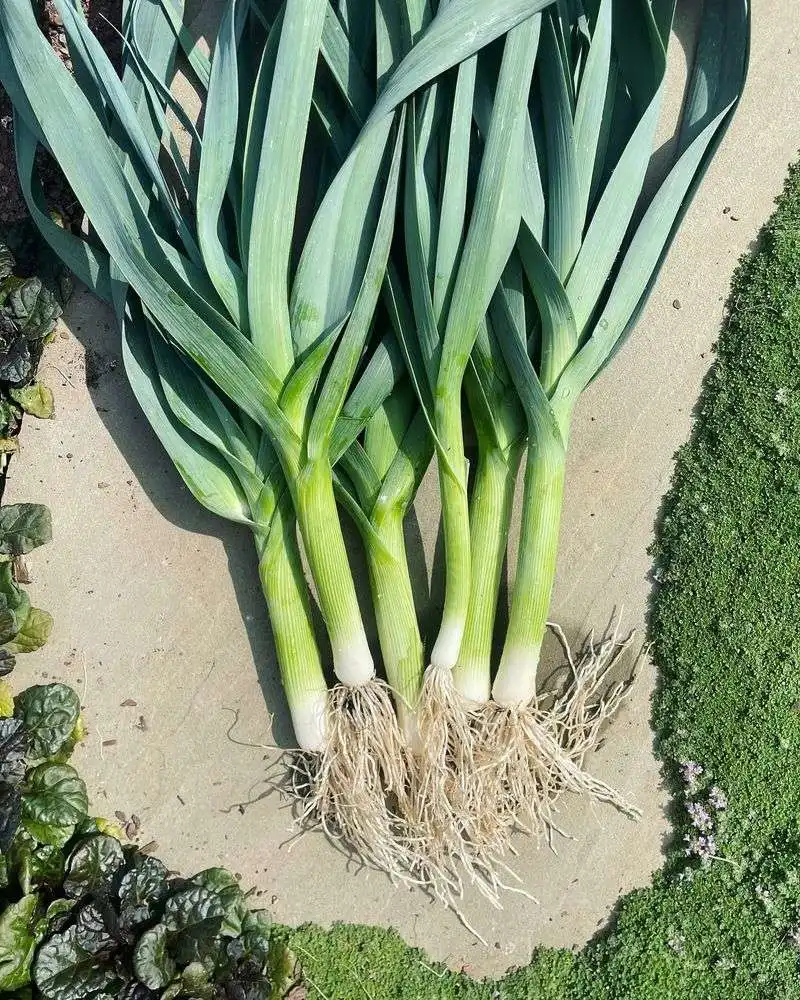
Leeks, with their mild onion-like flavor, are a culinary treasure. High in fiber, they support digestion and add depth to soups and stews.
These hardy vegetables thrive in cooler climates and require full sun and well-drained soil. Leeks can be sliced and sautéed, providing a subtle sweetness to dishes.
Including leeks in your garden offers a sophisticated and nutritious addition to your culinary repertoire, enriching both your meals and fiber intake.

